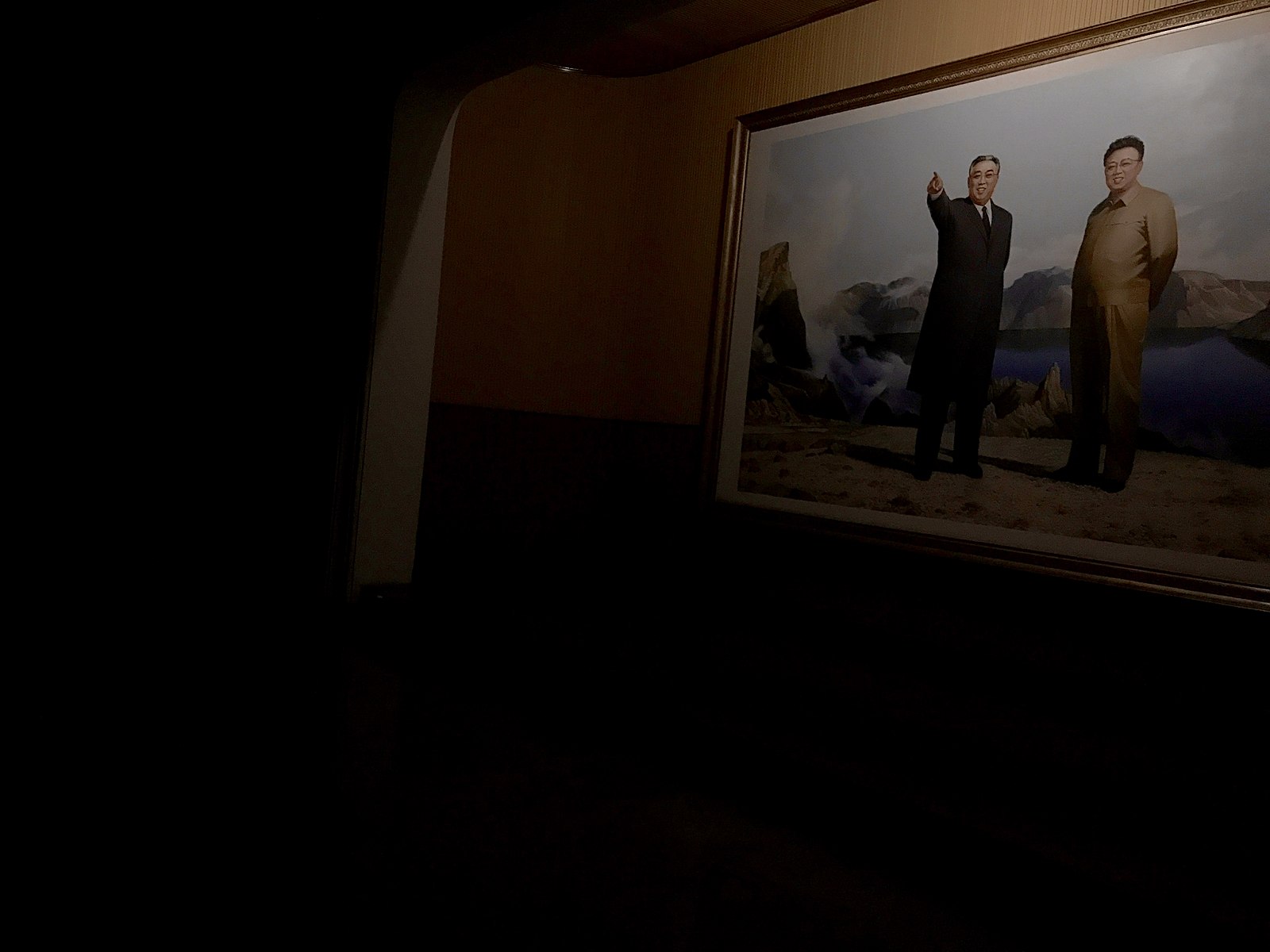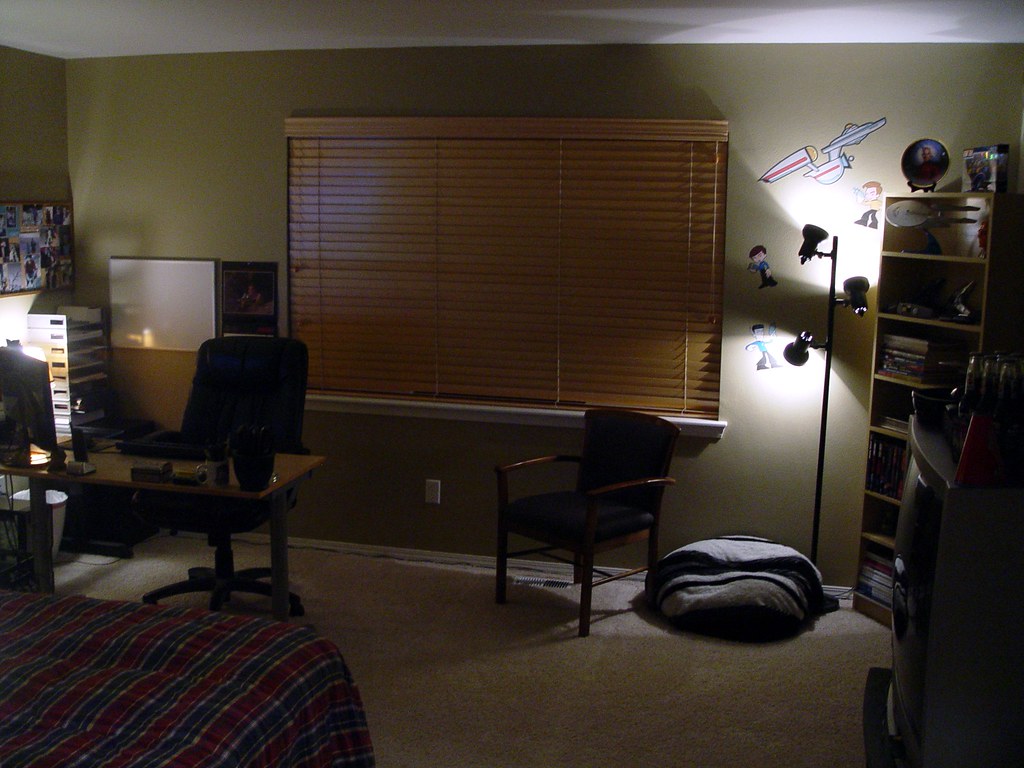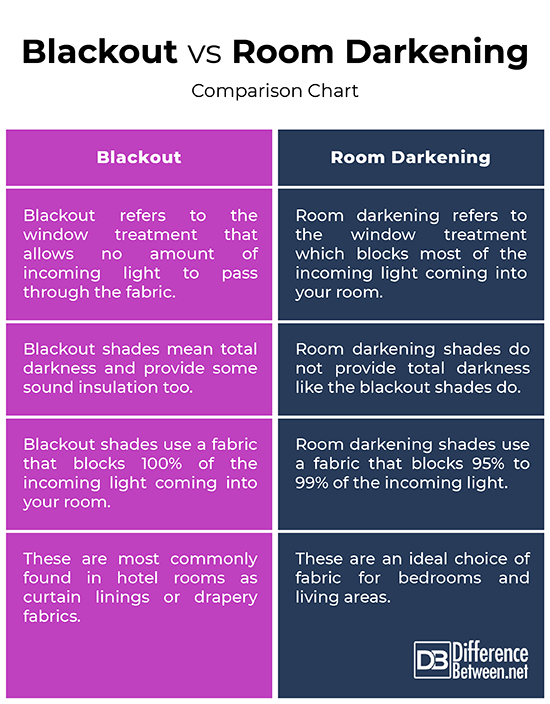Difference Between Blackout and Room Darkening
The primary purpose of window coverings – whether draperies, blinds, or shades – is to provide privacy, and secondarily, to darken the room for a perfect good night sleep or to block sunlight during the day. We like to keep things cozy and comfortable in our homes. Room darkening can be accomplished with blinds or shades. Light blocking fabrics basically come in two different options, blackout and room darkening. Both the terms refer to how much light a shade’s fabric allows to come through, which affects the ambiance of the room and temperature. The purpose of both the fabrics is same – to provide privacy and heat control. So, let’s take a look at how room darkening and blackout shades differ and which one is the right option for you.

What is Blackout?
Blackout shades, as the name suggest, is a light blocking and shading solution that allows no amount of light to pass through the fabric. The blackout shades provide the most darkness, and these are made from high-quality material that blocks all incoming light. These shades not only darken the room but also provide sound insulation. Light seepage around the sides and top are eliminated with a cassette and sidetracks. Cassettes are a type of aluminum housing designed for the shade roller, fabric, brackets, and controls for both manual and motorized shades. Blackout shades are great choice for rooms that need to be completely dark, such as the bedroom or the media room. For those working night shifts who need to sleep during the day, blackout shades are an ideal choice of window treatment. These are most commonly found in hotels as curtain linings or drapery fabrics, which block much of the light.

What is Room Darkening?
Room darkening shades refer to the window treatment that dramatically blocks much of the incoming light to your room. However, it does not make your room completely dark like the blackout shades do. These shades dim the room enough for you to take a power nap in the day, or enjoy watching television without the glare. These adequately darken the room for daytime sleeping, but do not provide total darkness. Room darkening shades are typically made of fiberglass covered with a PVC film. They block 95% of the light, while allowing a slight amount of light to pass through, based on fabric and material selection. Room darkening shades or blinds is most commonly used for bedroom window treatment or living areas where light control is important. It uses s fabric that blocks anywhere between 95% and 99% of the incoming light to your room. Anything that blocks less than 95% of the incoming light is usually called light filtering shades.
Difference between Blackout and Room Darkening
Window Treatment
– Both the terms refer to how much light is allowed to pass through a shade’s material. However, blackout is a light blocking and shading solution for the window treatment that allows no amount of light to pass through the fabric, providing pitch-black darkness. Room darkening, on the other hand, refers to the window treatment which blocks most of the incoming light coming into your room, which means the room will be dark but not completely dark like the blackout shades provide.
Light Blocking
– The blackout shades provide the most darkness and these are made from high-quality material that blocks all incoming light. These shades use a fabric that blocks 100% of the incoming light coming into your room, and they not only darken the room but also provide some sound insulation too. The room darkening shades, on the other hand, use a fabric or material that blocks anywhere between 95% and 99% of the incoming light coming into your room. Room darkening shades let some light in and provide a nice compromise between sheer and true blackout curtains.
Ideal Use
– Blackout shades are great choice for rooms that need to be completely dark, such as the bedroom or the media room. Blackout shades are an ideal choice of window treatment for those who work night shifts and need to sleep during the day. These are most commonly found in hotel rooms for maintaining complete privacy. Room darkening shades typically filter out 95% of the incoming light and dim the room enough so that you can take a nap during the day, or enjoy watching television. These are a common choice of blinds or curtains for bedrooms or living areas where light control is important.
Blackout vs. Room Darkening: Comparison Chart

Summary
In a nutshell, the purpose of both the fabrics is same – to block most of the incoming light in order to provide privacy and heat control. Blackout, as the name suggests, means complete darkness and in this context, it refers to a light blocking and shading solution that allows no light to pass through the fabric while providing total privacy and some sound insulation as well. Room darkening blocks most of the light coming into your room, about ninety-five percent, which means your room will be dark enough for you to take a nap during the day, but not pitch-black. To get a complete blackout effect, you can use light gap blockers, which are adhesive strips that attach to the windows to block gaps.
- Difference Between Caucus and Primary - June 18, 2024
- Difference Between PPO and POS - May 30, 2024
- Difference Between RFID and NFC - May 28, 2024
Search DifferenceBetween.net :
Leave a Response
References :
[0]Paper, Heather. Knack Green Decorating & Remodeling: Design Ideas and Sources for a Beautiful Eco-Friendly Home. Maryland, United States: Rowman & Littlefield, 2008. Print
[1]Gordon, Neil Perry. An Architect’S Guide to Engineered Shading Solutions: The Next Generation in Window Coverings. Indiana, United States: iUniverse, 2014. Print
[2]Tobel, Jackie Von. The Design Directory of Window Treatments. Utah, United States: Gibbs Smith, 2007. Print
[3]Babylon, Donna and Victoria Waller. More Splash Than Cash Window Treatments. Maryland, United States: Windsor Oak Publishing, 2002. Print
[4]Image credit: https://commons.wikimedia.org/wiki/File:Jangsusan_Hotel_Blackout_(33012557731).jpg
[5]Image credit: https://live.staticflickr.com/5208/5318160723_f1b62fd354_b.jpg
